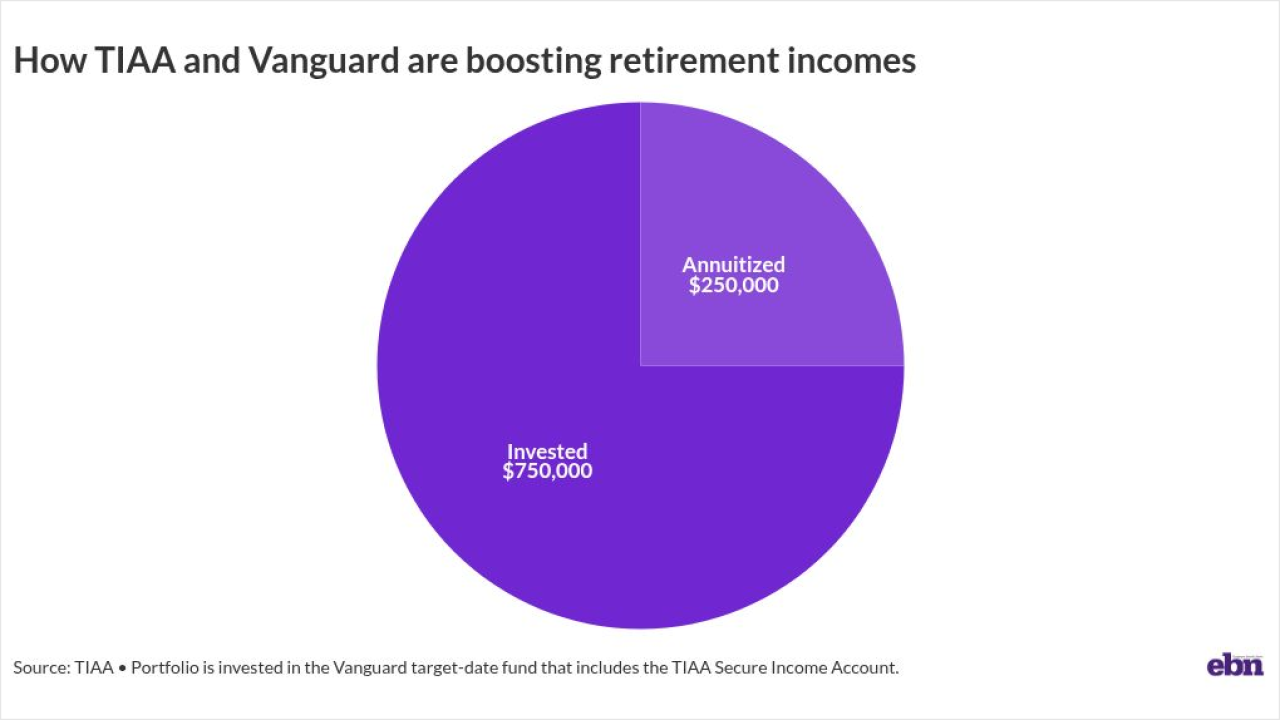A national debate has long centered on how to get more employees into retirement programs. But as time progressed and more employers moved away from managing long-term obligations like pensions, the conversation is now shifting to getting employees to the point of maintaining a lifetime income.
When the 401(k) came into existence, I dont think anyone envisioned it morphing into a primary retirement vehicle for people, said Jeffrey Brown, Center for Business & Public Policy director at the University of Illinois. It was created as more of a supplemental plan and was never designed or regulated in terms of providing retirement income, he added, speaking in Washington, D.C. at a Bipartisan Policy Center panel on challenges facing retirement plans.
Also see:
But due to a host of reasons, be they regulatory burdens or the desire to get out of funding volatility, companies looked for ways to get out of the DB world and realized they could use the 401(k) to fill that niche, he added.
What weve created over the last 40 years or so is an entire industry infrastructure around wealth accumulation instead of income, he says. As an example, he points to the minimum distribution requirements in tax laws that encourage people to spend the money quickly instead of spending it in a way that will sustain them throughout retirement.
One of the biggest reasons employers and plan sponsors are reluctant to get outside the 401(k) space and move into providing annuities, is the legal risk associated with plans. As a suggestion, Brown says the Department of Labor needs to issue clearer standards and a safe harbor that assures employers that if they provide retirement income options they wont get sued over them, as long as they do their due diligence.
Were in a weird situation today where if you just leave your employees off to fend for themselves after retirement, youre not subject to any fiduciary obligation, he says. But if you actually try to provide them tools to manage longevity risk, then suddenly you subject yourself to at least the perception of fiduciary responsibility. That absolutely has to change.
What were finding is, as we move from the world of DB to DC, we are absolutely hitting the [same] stumbling blocks, adds Allison Klausner, assistant general counsel, benefits, at Honeywell International. As a plan sponsor were absolutely challenged to look at the entire life cycle of our employees.
Also see:
She adds that an employer currently looks at the different stages of the retirement process the accumulation phase, the investment phase and ultimately the income phase for a more holistic approach to a healthy retirement lifetime.
Theres been such tremendous focus once we shifted from the DB world to the DC world on the accumulation phase and the investment phase, and a failure to really recognize that we dont have an appropriate income or distribution phase, she says. Not only do we send our employees out into retirement unaware about how to live without outliving their assets, what we find is they cant leave the workplace.
She encourages the idea of marrying the ideas of accumulation, investment and income phases to the lifecycle of an employee to garner greater traction and encourage positive outcomes to take-up rates for annuities.
Our goal is to work together with service providers, all the agencies here in Washington and work with Congress to find a way to create a financial and legal landscape that allows us to be innovative, she adds.
One such innovation, says John Haley, Towers Watson CEO, is optimizing Social Security by deferring it to a later date and using retirement savings as a bridge between the two. This is something thats gotten a great deal of attention in academic literature, he adds.
Also see:
When an employee separates from work at age 62 and decides to defer claiming until age 70, using accumulated savings to replace what would have been paid out in early Social Security benefits, the results can be a much larger and longer stream of Social Security income.





